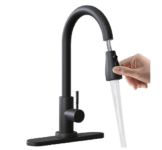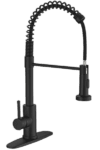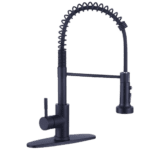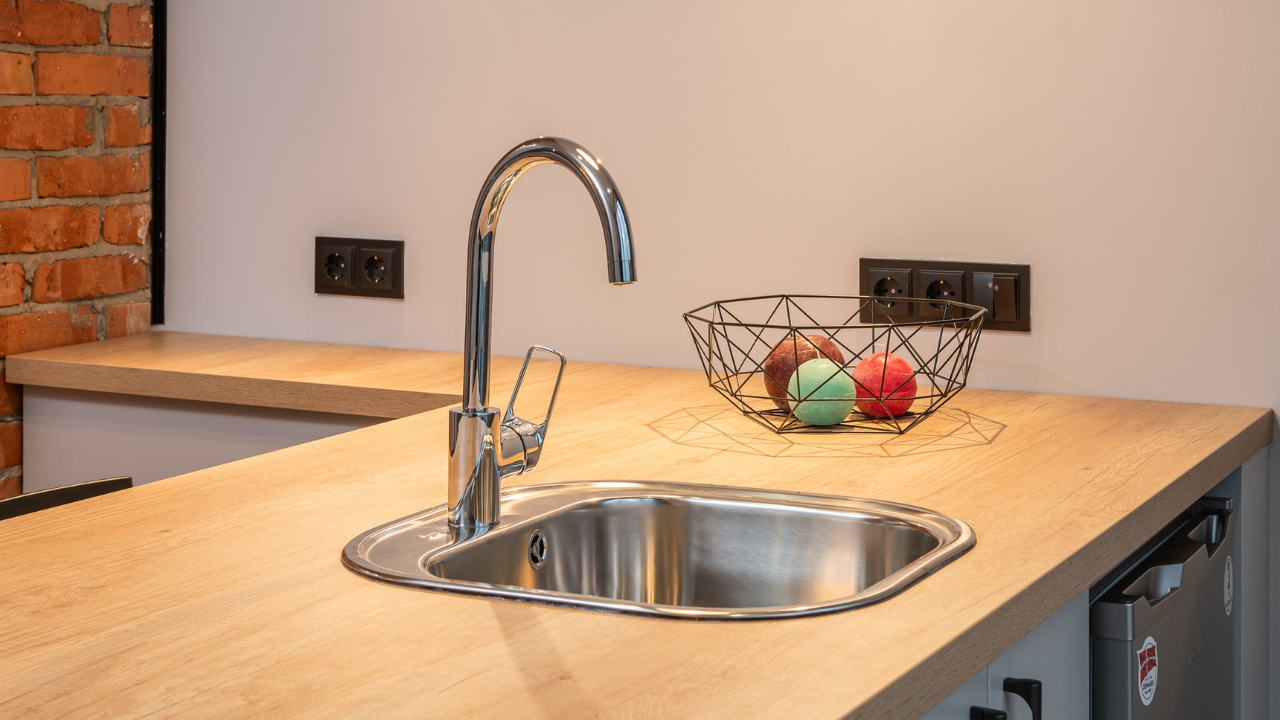


When it comes to the kitchen, which is the heart of the home, every detail is important. Every part, from the countertops to the appliances, is important for making a place that works well and looks good. The kitchen faucet is an important part that is often forgotten. We use it every day, but people often forget how important it is.
A kitchen Faucet does more than just bring water into the kitchen. It can make your kitchen look better and make it easier and more efficient to use. Choosing the right kitchen faucet can be hard because there are so many styles, finishes, and functions to choose from.
But what’s the first question that comes to mind is!!!!!!
Are Kitchen Faucets Universal?
It’s a common question when homeowners consider replacing their current kitchen faucet. Unfortunately, the answer is no. While some characteristics of kitchen faucets are universal, but there are other considerations also to consider before thinking that any faucet will fit easily into your current sink configuration.
The mounting configuration is one factor that determines whether a kitchen faucet is universal. Single-hole, three-hole, four-hole, and wall-mount are the most frequent.
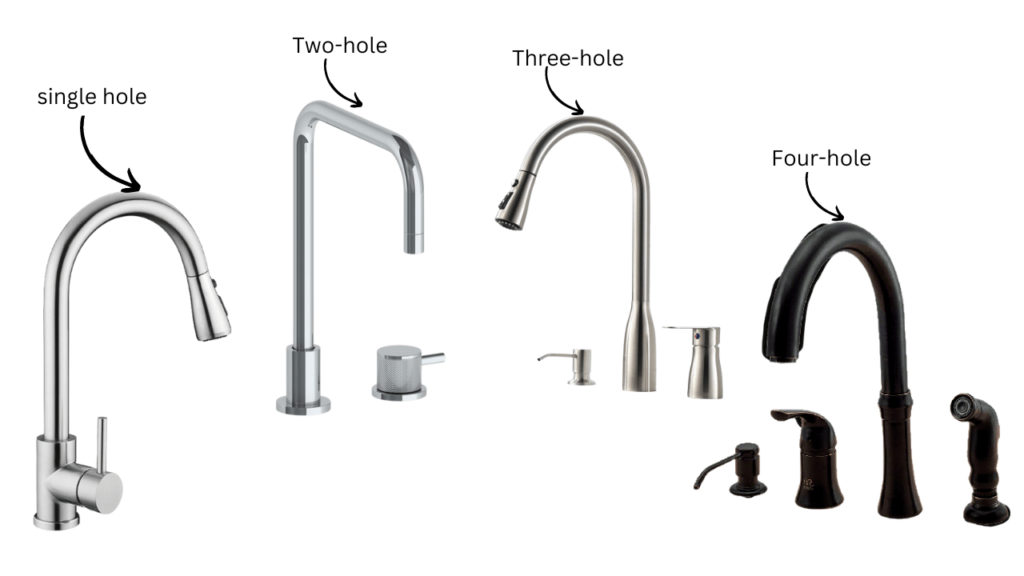


- Single-hole faucets have a spout and handle combined, but three-hole faucets feature separate handles for hot and cold water, as well as a spout in the center.
- Four-hole faucets include extra features such as a side sprayer or soap dispenser.
- Wall-mount faucets are built into the wall above the sink.
Furthermore, the size and shape of the faucet may vary, thus it is critical to correctly measure your existing sink. When selecting a replacement, the distance between the holes, the height of the spout, and the reach of the faucet are all important factors to consider. As a result, it is critical to check the faucet’s compatibility with your sink before making a purchase.
How to Choose the Right Faucet
Now that we’ve covered the types of kitchen faucets, let’s look at how to select the best faucet for your kitchen.
The first step is to evaluate your requirements and preferences. Think about the style, finish, and features that will suit your kitchen design and make your daily activities easier.
When it comes to style, you have several alternatives, including traditional, contemporary, and transitional. Intricate embellishments and exquisite finishes, such as oil-rubbed bronze, gold faucets, or polished brass faucets, are common features of traditional faucets.
Modern faucets, on the other hand, have clean lines and modern finishes such as matte black faucets or stainless steel. Transitional faucets combine classic characteristics with a more streamlined form to establish a balance between the two.
Another significant factor to consider is the faucet’s finish. It should complement the overall look of your kitchen while also being long-lasting and simple to maintain. Chrome, stainless steel, brushed nickel, and matte black are all popular finishes. Each finish has its own distinct features, so select the one that complements your style and satisfies your care needs.
Finally, think about things that will make your kitchen activities easier. Some faucets have pull-down or pull-out sprayers that make it easy to rinse vegetables or clean dishes. Others use touchless technology, allowing you to switch on and off the faucet with a single touch. Consider the features that will improve your kitchen operations when selecting a faucet.
How Do I Know If a Faucet Will Fit My Kitchen Sink?
It is critical to check compatibility with your old sink before choosing a new kitchen faucet. Here are some measures to take to see if a faucet will fit:



1. Measure the mounting holes: Determine the distance between the mounting holes in your sink with a measuring tape. This dimension will assist you in selecting a faucet with the proper mounting configuration.
2. Determine the depth of the sink: Measure the depth of your sink to ensure that the spout height and reach of the faucet are suitable for clearance and performance.
3. Consider the water lines: Take note of the position and size of your existing water lines. Check that the new faucet’s connections are compatible with your existing plumbing configuration.
4. Check for any obstructions: Examine the area below your sink for any challenges that may prevent the installation of a new faucet. Clearing any barriers ahead of time will make the installation procedure go more smoothly.
Following these steps will allow you to confidently select a kitchen faucet that will fit your sink and improve the overall functioning and design of your kitchen.
Best Universal Kitchen Faucets on Amazon 2023
You may properly install your new kitchen faucet and enjoy its benefits by following these steps and referring to the manufacturer’s instructions relevant to your faucet model.
Conclusion
In conclusion, it’s not easy to say whether all kitchen faucets Universal or not. Even though some things, like mounting configurations, are compatible, the general fit and functionality of a faucet depend on the way your sink is set up. By carefully measuring and thinking about a faucet’s size, style, and features, you can choose one that fits right into your kitchen.
Remember to think about what you need and what you like, and choose a faucet that fits with the style of your kitchen and works well. Once you’ve found the right tap, carefully follow the steps for installing it to make sure it works and doesn’t leak. With the right kitchen faucet, you can improve the look and usefulness of your kitchen and make it easier to do daily tasks.
